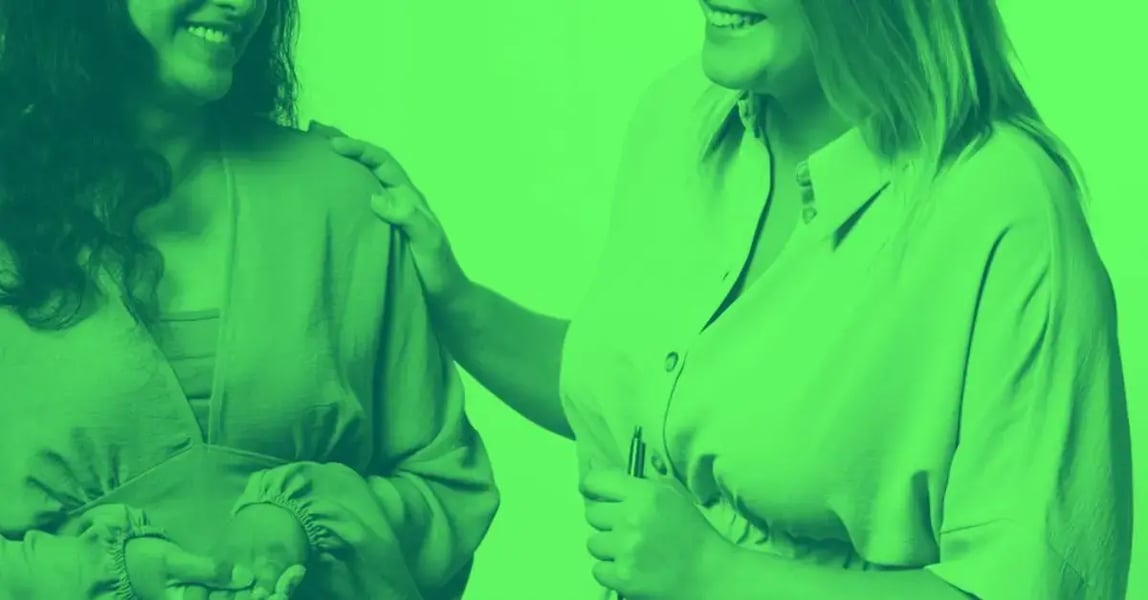The offensive ‘jokes’. The scornful glares. The perennial discomfort of prejudiced workplaces that disrupt your confidence, health, and performance. It forces many LGBT employees to hide their sexual orientation and gender identity.
This article explains how employers can use employee resource groups (ERGs) to create a truly inclusive workplace for lesbian, gay, bisexual and transgender employees.
LGBT employees face discrimination at work
One-fifth of LGBT Americans have experienced discrimination based on their sexual orientation or gender identity when applying for jobs. Meanwhile, in the UK, 35% of LGBT professionals admit hiding their identity to avoid workplace prejudice.1
The nature of LGBT discrimination varies greatly. In some cases, it’s insulting comments masked as jokes. Some 53% of LGBT workers have heard lesbian or gay jokes, while 41% have heard transgender jokes from colleagues.2
In other cases, the discrimination is reflected in a stark lack of career progression opportunities. More than one-fifth (22%) of LGBT Americans say they have not been paid equally or promoted at the same rate as their non-LGBT peers.3
Look at the highest rank of your organisation and you’ll rarely see openly LGBT leaders. There are no openly LGBT CEOs in the FTSE 100 today,4 while fewer than 0.3% of Fortune 500 board directors were openly LGBT in 2020.5
What are employee resource groups (ERGs) and how do they work?
Also known as affinity groups, ERGs describe employees who voluntarily join forces to promote diversity, equity, and inclusion in their workplace. Typically, each ERG focuses on an identity (such as being gay or black), or a specific experience (e.g. military veteran).
Group sizes can vary from 2 people to thousands across multiple countries, but at its core, ERG members provide personal support to those from underrepresented communities at work, enhancing career development and suggesting DE&I improvements to company leaders.
How ERGs can help LGBT employees
No longer ‘the only’ openly gay or transgender member of your team, LGBT ERGs allows individuals to speak to and build relationships with people who share the same identity.
This safe space offers belonging, protection and a community to those who may otherwise feel isolated and unable to be themselves. Research shows high levels of belonging are linked to a whopping 56% increase in job performance and a 50% drop in turnover risk.6
Many successful ERGs have an executive champion, a company leader who connects an ERG to the C-Suite, creating a clear line of communication for members to voice and tackle their concerns. Executives also benefit from invaluable insight from LGBT stakeholders on how the company’s policies, products and services can be more LGBT-friendly, such as hybrid working or parental leave.
ERGs aren’t easy to manage
Without the correct expectations set, ERGs can become lobbying groups where their demands of leadership seem endless. For the ERGs, it can also appear that senior managers are tokenistic, failing to appreciate their challenges and take their needs seriously.
Overly influential ERGs can alienate non-members, raising suspicions that career opportunities are limited unless individuals come from an underrepresented community. This is a recipe for disharmony, resignations and toxic disputes.
On the other hand, ERG members may fear their own career progression will be stunted, if they are perceived by the leadership as ‘Tom from the LGBT affinity group,’ rather than ‘Tom, the highly-skilled IT manager, and strong contributor to the company’s DE&I goals.’
Then there’s the issue of intersectionality. One person can fit several underrepresented demographic groups, and that unique perspective should be reflected in their employer's DE&I efforts. For example, 32% of people who are LGBT and black or from an ethnic minority say they experience work discrimination, compared to just 13% of white LGBT people.7
How to set up successful ERGs
Remove siloed ERGs and transition into a broader ‘Cultural Equity’ or ‘DE&I Committee’ team, which shares common objectives about creating company-wide inclusion for all groups within the organisation. If there is clear structure, investment and accountability, a holistic ERG avoids the competition for leadership attention, and the animosity that comes with it.
Using a DE&I steering committee and a network of internal champions, Arthur J Gallagher & Co raised the awareness around key DE&I issues by engaging in candid conversations with its workforce about their personal experiences of exclusion.
These efforts helped Gallagher, one of the largest insurance brokerage and risk management firms in the world, to increase its promotion of women into executive positions by 20%, while more people from ethnic minority groups became senior leaders (23% increase).
For more information on how improve your company’s equality efforts, read our free DE&I whitepaper to learn the scientifically proven approach to successful diversity, equity and inclusion.
References:
- Fidas, D., Cooper, L. 2019. “A workplace divided: Understanding the climate for LGBTQ workers nationwide”. Human Rights Watch. https://www.hrc.org/resources/a-workplace-divided-understanding-the-climate-for-lgbtq-workers-nationwide
- Ibid.
- “Discrimination in America: Experiences and views of LGBTQ Americans”. 2017. National Public Radio, the Robert Wood Johnson Foundation, and the Harvard T.H. Chan School of Public Health.
- Johnson, Peter, Matthew Foster, and Jose Martin Quesara. 2021. "‘The Fight Is Far From Over’". London Business School. https://www.london.edu/think/the-fight-is-far-from-over.
- "Fair Representation Might Lead To Better Outcomes In Times Of Crisis". 2017. Out Leadership. https://outleadership.com/insights/fair-representation-better-outcomes/.
- Carr, Evan W., Andrew Reece, Gabriella Rosen Kellerman, and Alexi Robichaux. 2019. "The Value Of Belonging At Work". Harvard Business Review. https://hbr.org/2019/12/the-value-of-belonging-at-work.
- “Discrimination in America: Experiences and views of LGBTQ Americans”. 2017. National Public Radio, the Robert Wood Johnson Foundation, and the Harvard T.H. Chan School of Public Health.




